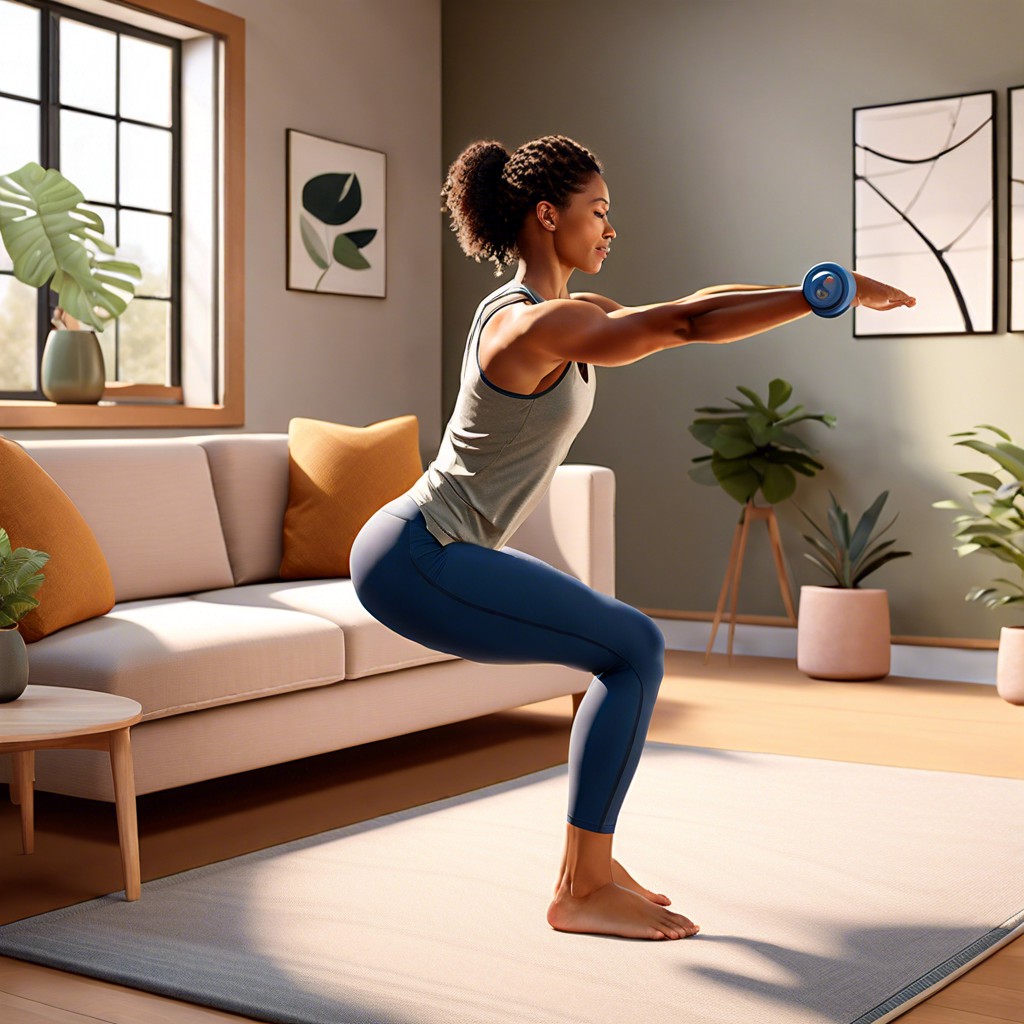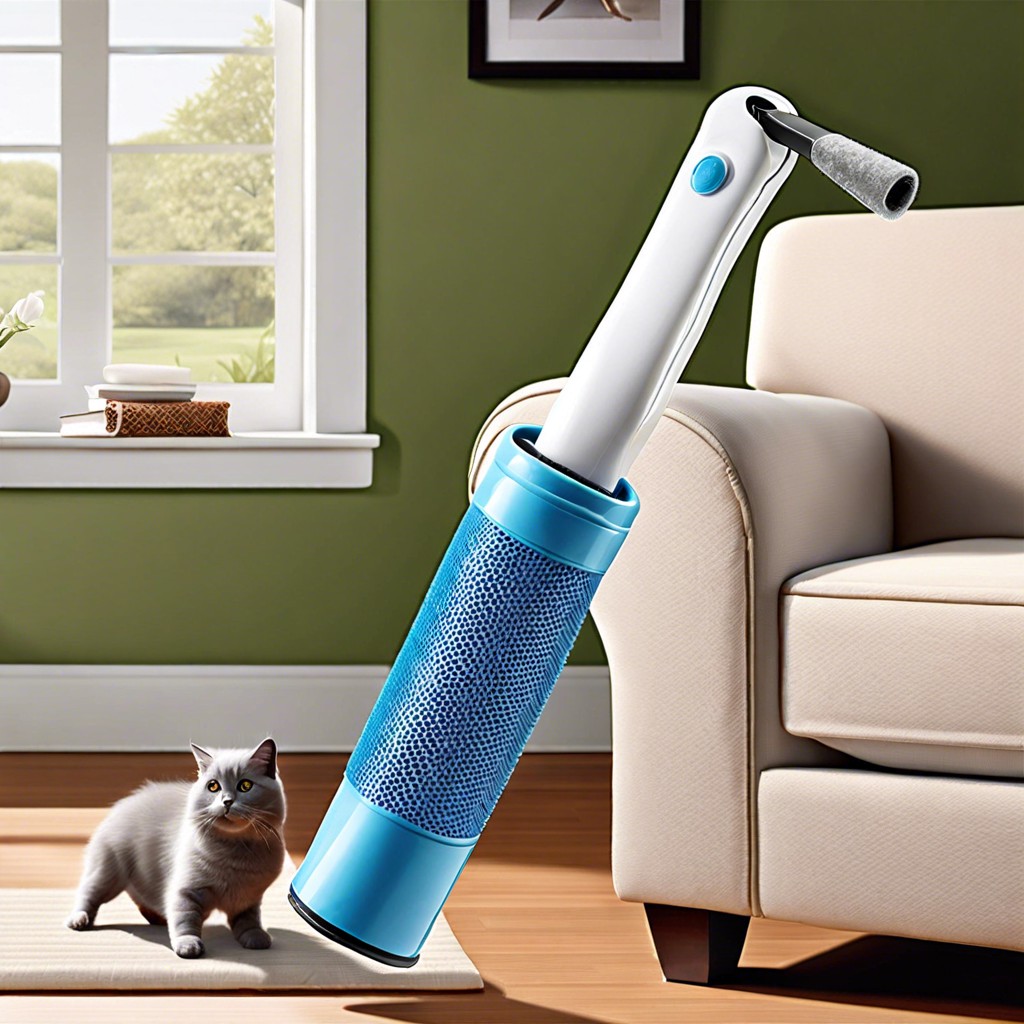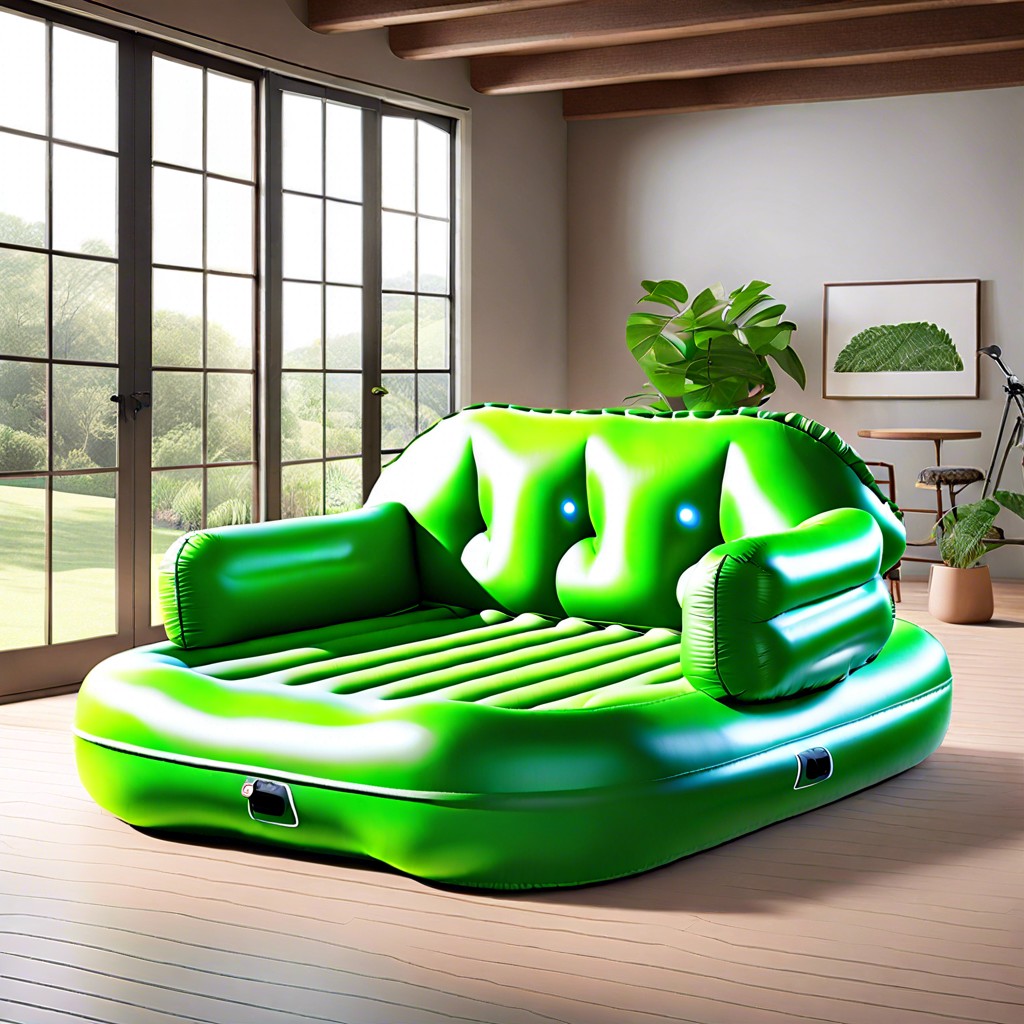Last updated on
Discover expert ways to restore, refresh and keep your couch spotless, as this comprehensive guide unfolds various couch cleaning methods suitable for different materials.
Key takeaways:
- Remove cushions and vacuum regularly.
- Clean different materials with appropriate techniques and solutions.
- Address common stains promptly using specific methods.
- Properly dry the couch to prevent mold and mildew growth.
- Regularly clean and maintain the couch to prolong its lifespan.
Table of Contents
Remove Cushions and Vacuum

Start by lifting out all the cushions to uncover the hidden crumbs and debris. Use a hand-held vacuum or the brush attachment on your machine to sweep over the surface. Don’t forget to reach into the crevices and corners where dust and dirt often accumulate.
For pet owners, consider a vacuum with a pet hair attachment to effectively remove embedded fur. After vacuuming, check for any lost items like coins or small toys that may have slipped through the cracks.
When finished, flip and rotate the cushions to ensure even wear and prolong their lifespan.
Clean Couch, Cushions, and Details (metal, Wood, Different Types of Fabric)
Begin by focusing on the material of the couch for appropriate cleaning techniques.
For fabric upholstery, use a solution of warm water, dish soap, and baking soda. Apply it gently with a microfiber cloth, then blot out the moisture with a dry towel.
Leather or faux leather should be treated with a mixture of equal parts water and vinegar. Apply with a soft cloth and wipe dry to avoid water marks.
With microfiber, a little rubbing alcohol sprayed on a sponge can do wonders. Brush the area after drying with a white bristle brush to keep the texture soft.
Velvet requires a special approach. Use a steamer to lift dirt and debris, then brush the fabric in the direction of the nap.
For wooden or metal elements, slightly dampen a microfiber cloth with furniture cleaner suitable for the surface, avoiding contact with the upholstery.
Cushions can usually be cleaned using the same method as the main couch body, but always check the care labels. Unzip the covers and wash according to the instructions when possible.
After cleaning, these areas should be inspected for any residual spots or lingering odors to ensure thoroughness.
How to Clean Common Stains
Addressing common stains promptly is crucial to maintain the appearance of your couch. For food and beverage spills, blot gently with a clean, dry cloth to absorb as much liquid as possible before applying a mild detergent solution. Ink marks can often be lifted by dabbing with a cotton swab soaked in rubbing alcohol, dabbing gently rather than rubbing to prevent the ink from spreading. Grease stains may require a bit of baking soda left to sit for a few minutes followed by a vacuum and a damp cloth. Always test cleaning solutions on an inconspicuous area first to ensure they do not damage the fabric. For more stubborn or set-in stains, consider hiring a professional upholstery cleaner to protect your investment. Remember that the type of fabric affects how you should treat stains, so refer to your couch’s care instructions as a guideline.
Let It Dry
After diligently cleaning, proper drying is crucial to prevent mold and mildew growth. Open windows to facilitate airflow if the weather permits; otherwise, a fan can expedite the drying process.
Avoid direct heat sources like hair dryers, which can damage fabric. For thick cushions, stand them on edge to ensure even air circulation.
Check for dampness before reassembling the couch; it should be completely dry to the touch. If possible, plan the cleaning on a sunny day when higher temperatures and breezes naturally speed up drying.
How Often Should You Wash a Couch
Consistency in couch cleaning extends its lifespan and retains its aesthetic appeal. Ideally, vacuuming should be a weekly affair to keep debris and dust at bay. For homes with pets or children, spot-cleaning will be more frequent, as spills and stains occur.
A thorough cleaning, entailing treatment of all fabric and crevices, is recommended every six months to address ingrained dirt and allergens. However, slipcover sofas present a more frequent washing opportunity, as covers can be cleaned according to the manufacturer’s instructions without waiting for the biannual deep clean.
Adjust these guidelines based on the usage levels and specific circumstances of your home to ensure your couch remains a welcoming and comfortable centerpiece.




